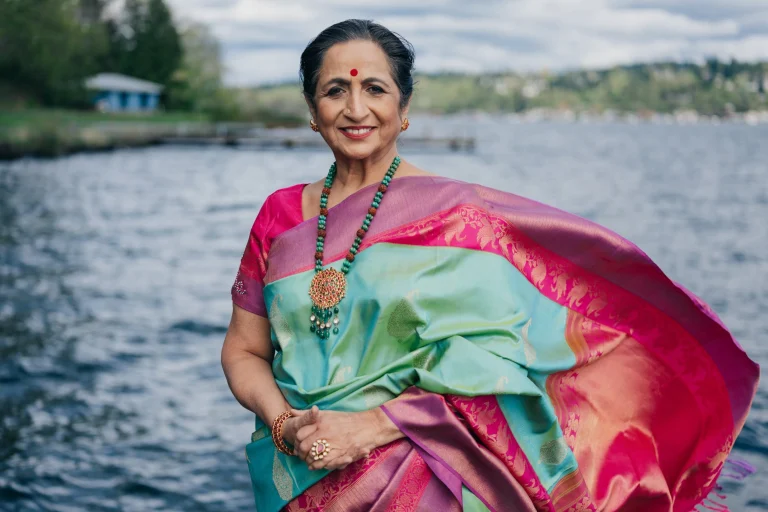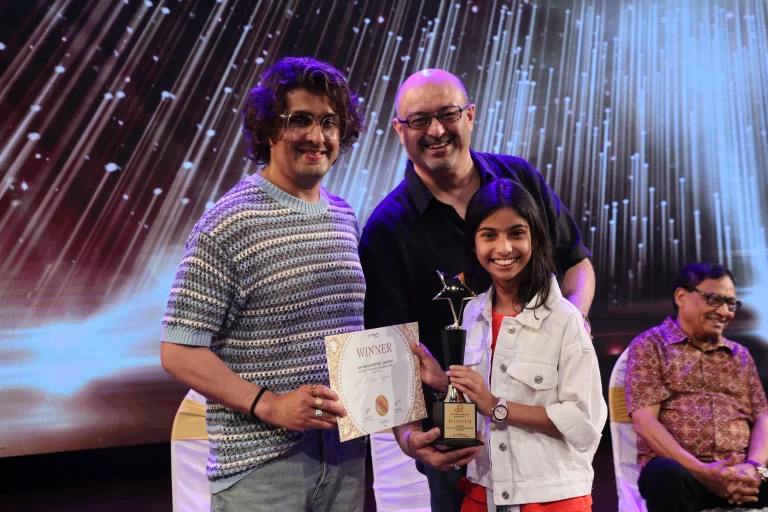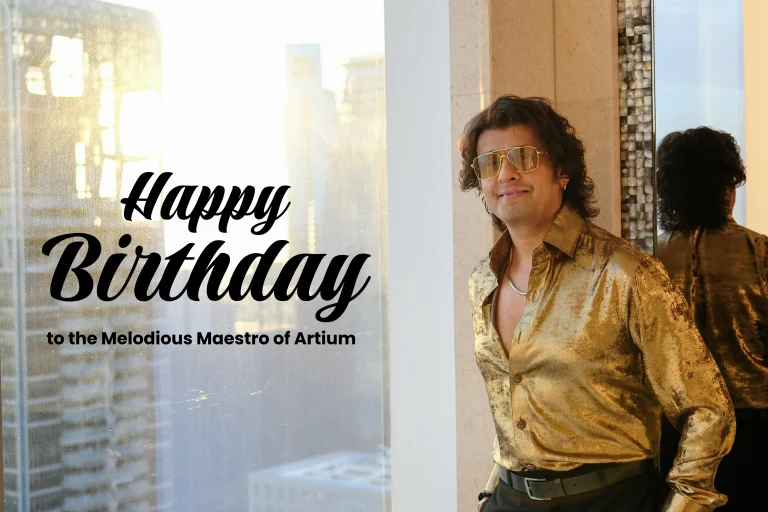All Topics
- Alchemizing Music Concepts for Students
- Artist Spotlight
- artium gift card
- Artium Maestros
- Artium News
- buying guide
- Carnatic Music
- Devotional Music
- Editorials by Ananth Vaidyanathan
- Film Music
- Guitar
- Hindustani Classical Music
- Indian Classical Music
- Indian Folk Music
- Insights
- Instruments
- Karaoke Singing
- Keyboard
- Kids Music
- maestros
- Music Education
- Music for Kids
- Music Industry
- Music Instruments
- Music Legends
- Music Theory
- Music Therapy
- Piano
- piano guide
- Success Stories
- Tamil Film Music
- Telugu Film Music
- Time Theory
- Tools
- Uncategorized
- Vocal Singing
- Vocals
- western classical music
- western music
- Western vocal music
Aruna Sairam’S Life Journey – A Masterclass for new talents
Aruna Sairam’S Life Journey – A Masterclass for new talents
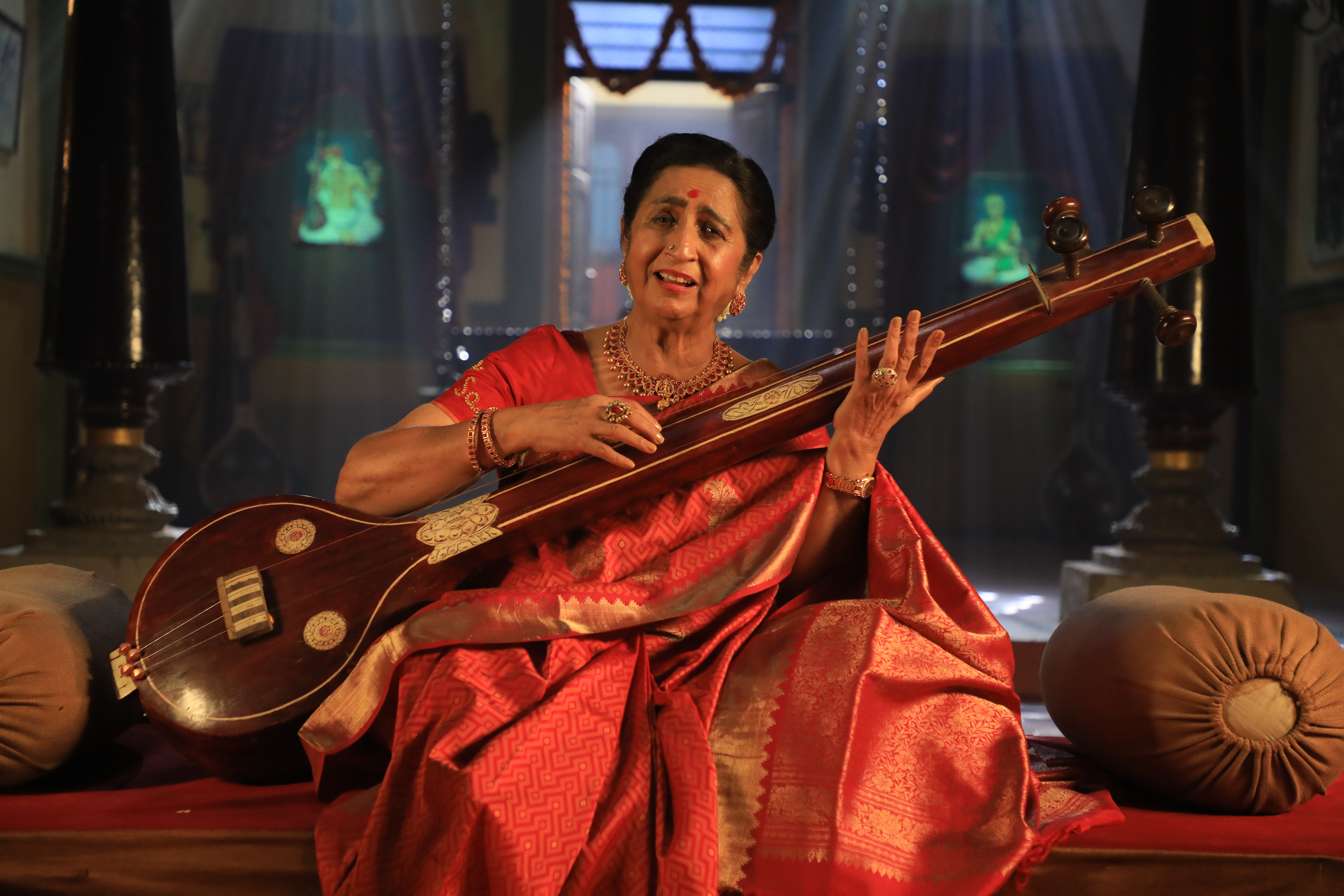
Table of Contents
The life journey and career path of any celebrated professional in any field becomes a source of study and inspiration for present and future music learners and aspirants. Whether it is in industry, politics, science, or the arts. Aruna Sairam’s life journey and career path constitute very valuable guidance for younger artists and students.
Aruna Sairam – a fascinating and inspiring life and career that is a study in the art and science of personal development. A meteoric and stunningly rapid rise to the zenith of fame, adulation and celebration after decades of struggle, and possible moments of despair and rationalization.
A voice that is so unique and different from what one has been accustomed to hearing, initially seen as a liability but eventually proved to be a distinct asset. A style that is at once illuminated and unashamedly dramatic, appealing to the connoisseur as well as the uninitiated.
From Inheritance to Individuality: The Making of a Unique Musical Voice
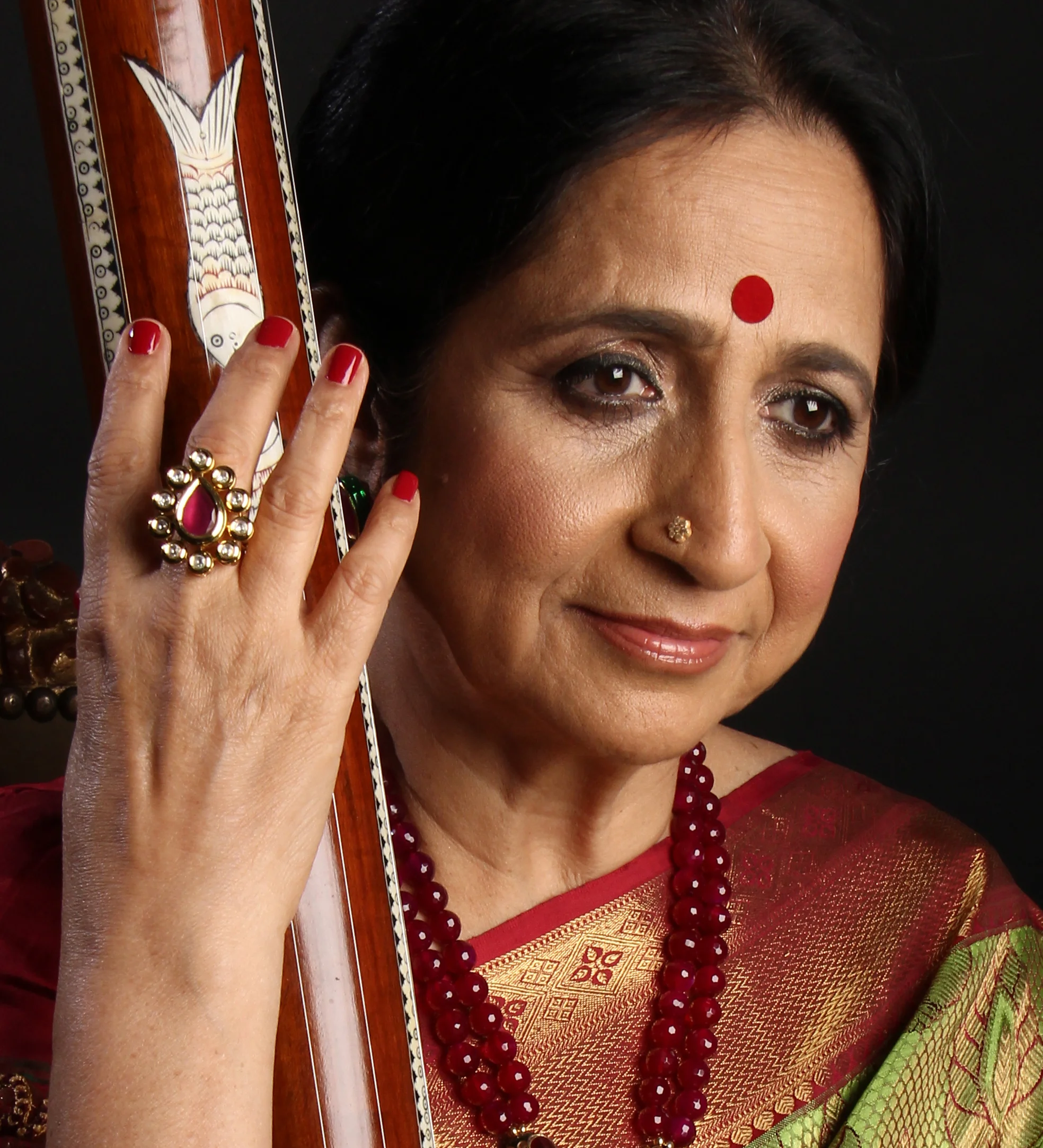
It is a gift to be born into an artistic family. The advantages are incalculable – getting a head start in grooming, and more than that, gaining the guidance and benefit of knowledge, skills, and insights gained over many lifetimes of artists, from the very beginning, all at home!
Aruna Sairam is lucky to be born to Smt. Rajalakshmi Sethuraman, a Vidushi trained under such titans as Alathur Venkatesha Iyer, Thinniyam Venkatrama Iyer and Thanjavur Sankara Iyer. If the mother was a source of pristine knowledge, the father, an utterly lovable human being with a discerning ear for music, was the ultimate inspiration and support.
The couple threw their combined weight behind the grooming of their daughter Aruna. Their Mumbai residence became home to some of the finest musicians from the South, who would travel for concerts or simply live with the family for months on end, teaching aspiring music students in Mumbai.
The way Rajalakshmi Sethuraman designed her daughter’s musical education under the guidance of various gurus should serve as a guide for parents of talented children. Aruna was placed under the core guidance of Smt Brinda, who would often spend months together at their Mumbai residence.
T. Brinda was one of the most formidable personages to adorn the portals of Carnatic music, from more perspectives than one. She came from the grand tradition of Veena Dhanammal, to whose concerts the greatest of musicians would flock.
Of whom none was a greater fan than Ustad Abdul Karim Khan. This is the lineage to which the finest of dancers – T. Balasaraswati, belonged. It is a lineage of proud Devadasis who practised and honed their art, worshipping it as they would worship the Lord, nothing less.
They set the highest standards for themselves and lived in a space of total surrender to artistic values and their relentless pursuit. She was feared by the best and served as a mentor to even M.S. Subbulakshmi and her guru, Semmangudi Srinivas Iyer, in some aspects. It speaks volumes for Aruna Sairam’s musical grounding that she is today one of Brinda Amma’s prime disciples.
Many other luminaries floated in and out of the Mumbai home of the Sethuramans, enriching Aruna’s musicianship. Very significant among them was Needamangalam Krishnamurthy Bhagavathar, a direct descendant of Oothukkadu Venkata Subbier.
This musician was the source of the Oothukkadu songs such as Madumekkum Kanne and Vishamakkara Kannan, and the famed Kalinga Narthana Thillana, which have come to figure among her most celebrated concert pieces.
Following her mother’s guidance and later her passion, Aruna Sairam deepened her knowledge of music and performance by learning from several renowned teachers — Thiruvarur Ramamurthy Bhagavathar, S. Ramachandran, A.S. Mani, and Veena maestro K.S. Narayanaswamy. Each of them played a key role in shaping her musicianship and concert skills in the early ’60s.
Aruna learned the nuances of Carnatic Gamaka and their movement and amplitude through the practice of the Veena. T.R. Subramanian (the Pallavi maestro and Aruna’s guide during her Master’s in Music at the Gandharva Mahavidyalaya) and many others. Her multi-pronged efforts at learning also took her to other maestros, such as Voleti Venkateshwarulu. M. Balamuralikrishna and Madurai G.S. Mani.
So, this should be a lesson for talented youngsters – the pursuit of knowledge, skill, understanding, and insights must take one to a wide variety of learning sources and Master’s programs. It is a relentless search, driven by a thirst to continually improve and reach the elusive summit of excellence and recognition.
In her own words, “Ustad Amir Khan, T. Balasaraswati, T.R. Mahalingam, Ramnad Krishnan, N. Ramani, M S Subbulakshmi Amma have all been influences with whom I had close interaction in my growing up years and they are indeed huge inspirations, especially MS Amma.”
Finding Her Voice: The Journey from Struggle to Sonic Stardom
But through all these heady learning experiences, there was one aspect that was a constant stumbling block from early teens – her voice. It was not the typical sweet, high-pitched, mellifluous tone that many young girls are endowed with. Aruna aspired to the malleability, flexibility, dynamics, and tonal beauty that she found in the most celebrated voices. It was not just Aruna, but her father as well, who saw the need for a breakthrough in her vocal radiance.
Sh. Sethuraman had the holistic sense to see that, ultimately, the impact and appeal of the voice were essential to aspiring to stardom. That set Aruna on a search for answers – how can I get those vocal qualities that M.S. Subbulakshmi, G.N. Balasubramanian, M. Balamuralikrishna and the big names of the light and film music world can boast of? Not to mention internationally renowned voices as well.
She first searched tirelessly amongst Indian musicians and found some, but not all, of the answers. The search finally led her to the doorstep of Prof. Eugene Rabine in faraway Germany. And that gave her the opening to the Western scientific system of voice training and enhancement, in which Prof. Rabine was a master.
Years of work under his methods brought out the tonal qualities and attributes that she craved for, and Aruna Sairam knew that she was finally ready for superstardom. In addition to Prof. Eugene Rabine, she worked briefly with Voice Master Prof. David Jones in New York for a couple of summers.
Aruna Sairam’s leap into dizzying heights of superstardom is a study in the art and science of concert craft. She has understood that impact has to be designed. And more importantly, she has remarkably built on her strengths alone, jealously guarding her identity through all the diverse plethora of Indian and international fusion collaborations she has undertaken.
Her unique strengths are –
- Powerful voice
- The depth of her voice
- Deep emotional connection with every swara that she sings
- Exacting kalapramana in laya
- Intelligent use of accompanying artists and instruments
- Dynamics of volume
- The artistic use of silences and spaces to intersperse the blasts of energy
She is the only classical artist who actually rehearses with her team before a concert – a testament to the level of premeditation and planning that goes into the teamwork.
Much before her rise in the Chennai Sabha system and its ancillary sabhas worldwide, Aruna Sairam had already become a favourite of Western classical and neo-classical artists in fusion concerts.
What started as an experiment on one of her visits abroad became a regular feature. Her Indian and Indo-Western collaborations with Global Icons include names like Dominique Vellard, Michael Rieman, Zakir Hussain, Shankar Mahadevan, U. Srinivas, and Christian Bollman.
A Life of Purpose, Passion, and Perseverance
Today, having tasted the cream of fame, adulation, acknowledgement, and validation across generic, stylistic, linguistic, ethnic, and national barriers, Aruna Sairam comes across as ever grateful for every little opportunity that destiny places before her.
When called to accept the Vice Chairmanship of Sangeet Natak Akademi, she did so with complete involvement, travelling across the country, engaging with artists and groups from a variety of artistic genres in a network of schemes and events that are designed to preserve and propagate our Indian artistic heritage at all levels – from classical to folk, from music and dance to traditional theatre.
Aruna Sairam’s life and journey are truly inspiring for any young artist. And for the parent of any young talent. The primary lesson is that achieving excellence and stardom in art does not happen by following a set of lessons and hoping for the best.
The process of development must be envisioned and pursued by the learner (and the mentor – in Aruna’s case, her mother), and constantly reviewed and refined.
Learning from one guru alone can rarely take a person very far. That’s why Artium Academy’s online Carnatic music courses — designed and certified by the faculty head, Aruna Sairam herself — offer a broader, richer path to learning and thriving in music.
One, of course, has to learn under one central guide (and one would be lucky to find the right one), but one must also supplement that learning from a variety of formal and informal sources.
Then, one has to recognize one’s strengths and weaknesses clearly. While working on one’s weaker aspects, one must realize that one’s success will always come from one’s strengths and individuality. Recognizing them and having the courage to depend on them in the public arena requires tremendous conviction.
And finally, know that success is a gift. Savour every moment of it, be grateful for it, but never take it for granted. Everything we get is a gift. That is the message to be drawn from the life and times of Padma Shri, Sangita Kalanidhi Smt. Aruna Sairam.

